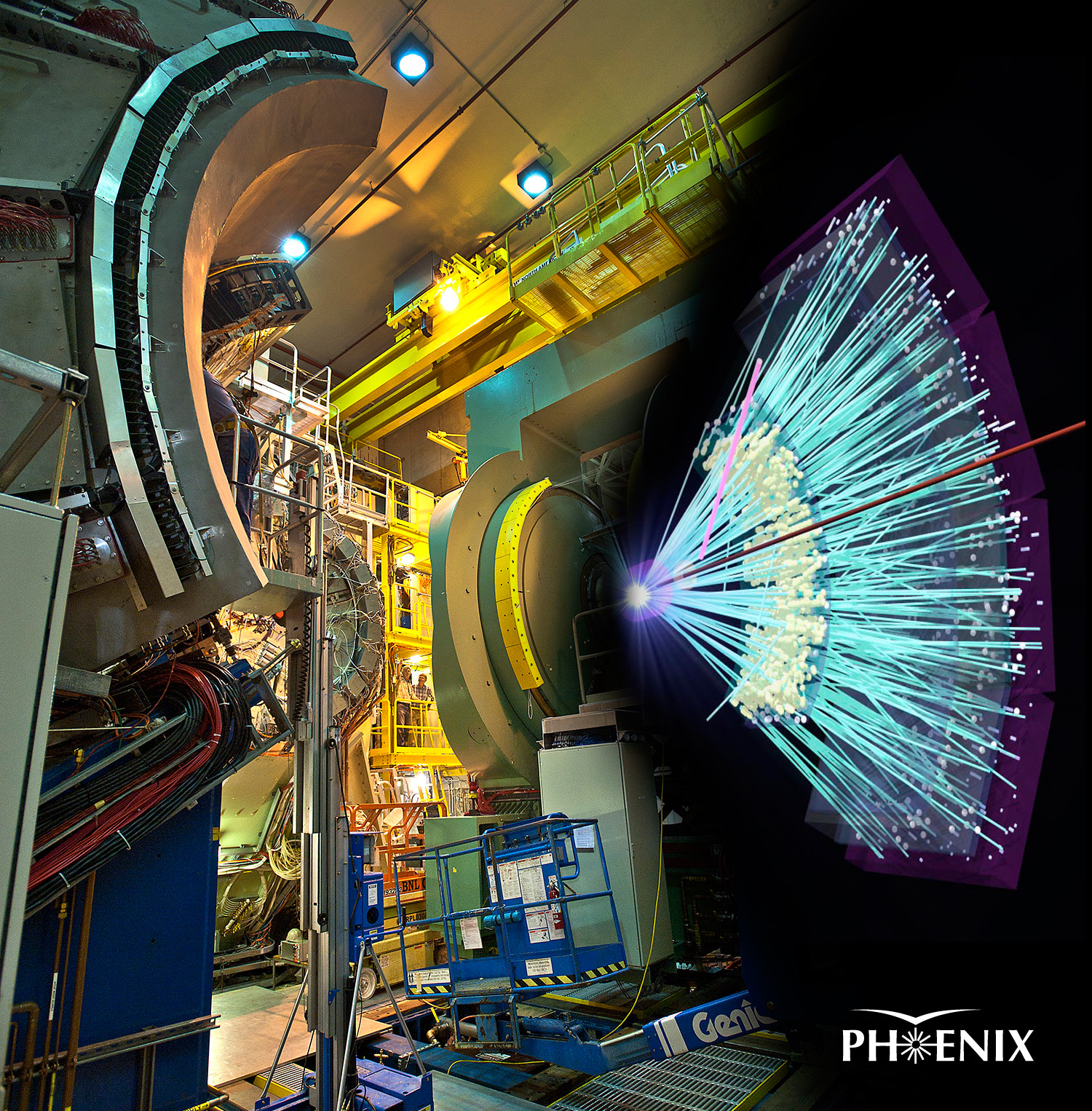US Collider Appears to Produce Just a Drip of Theorized Low-Energy Quark Soup

Credit to Author: Michael Byrne| Date: Mon, 25 Sep 2017 16:00:00 +0000
For a millionth of a second after the Big Bang, when an entire astrophysical epoch could fly by in an instant, the universe was unfathomably hot and unfathomably small, at least in cosmic terms. The fundamental forces of nature had coalesced from the high-energy post-Big Bang antivoid, the product of a preceding and even quicker period of cosmic evolution, but it didn’t matter. Before any of the particles we now know and love, such as protons and neutrons, could form, they melted away into what astrophysicists call the quark soup, or quark-gluon plasma.
Astrophysicists are really pretty sure about this chain of events, anyhow. One thing they would like to actually see and understand first-hand is quark-gluon plasma. It’s a weird idea. Quarks are the particles that make up other particles; they don’t exist on their own as free agents, at least at temperatures below about 2 trillion kelvin. Temperatures above that don’t really happen naturally in our contemporary universe—it’s sort of an “absolute hot” temperature, the point at which matter itself boils. Seeing quark soup in action is a goal of physicists at the Large Hadron Collider and the Relativistic Heavy Ion Collider (RHIC) at Brookhaven National Labs in the US, both facilities at which very heavy particles can be smashed at very high energies.
New results from the RHIC’s PHENIX project, described in a pair of papers posted to the arXiv preprint server, suggest the creation of just the slightest drip of quark soup at that collider. This isn’t quite the first time such a thing has been seen—”fireballs” created at the LHC and at the RHIC in near-light-speed collisions between very heavy particles have produced quark-gluon plasma—but the new observations are the first to come at small scales and at relatively low energies. It’s a crucial new perspective on the earliest processes that led from the Big Bang to the cosmos as well see it today.
The new results come from a series of experiments conducted at Brookhaven in 2016. These consisted of smashing deuterons consisting of one neutron and one proton together with gold ions at differing energies. Over a six-week period, the researchers observed some 1.5 billion collisions in the hope of identifying the liquid-like flow that’s characteristic of the formation of quark-gluon plasma. They’d seen this flow in collisions between at higher energies and now they wanted to see what would happen as the collision energy was progressively decreased. The conclusion is that it’s possible to produce QGP at relatively low energies.
Testing this threshold is important because it’s at this lower energy limit that we may begin to understand how quark-gluon plasma forms in the first place.
“After so many years we have learned that when QGP is created in the collisions we know how to recognize it, but that doesn’t mean we really understand how it works,” Julia Velkovska, a spokesperson for the PHENIX project, offered in a statement. “We are trying to understand how the perfect-fluid behavior emerges and evolves. What we are doing now—going down in energy, changing the size—is an effort to learn how this behavior arises in different conditions. RHIC is the only collider in the world that allows such a range of studies over different collision energies with different colliding particle species.”
Physicists still have a ways to go with QGP. For one thing, they still can’t exclude other possible explanations for their data that aren’t quark soup. This includes a theorized state of matter called color glass condensate. PHENIX still as a lot of smashing to do.